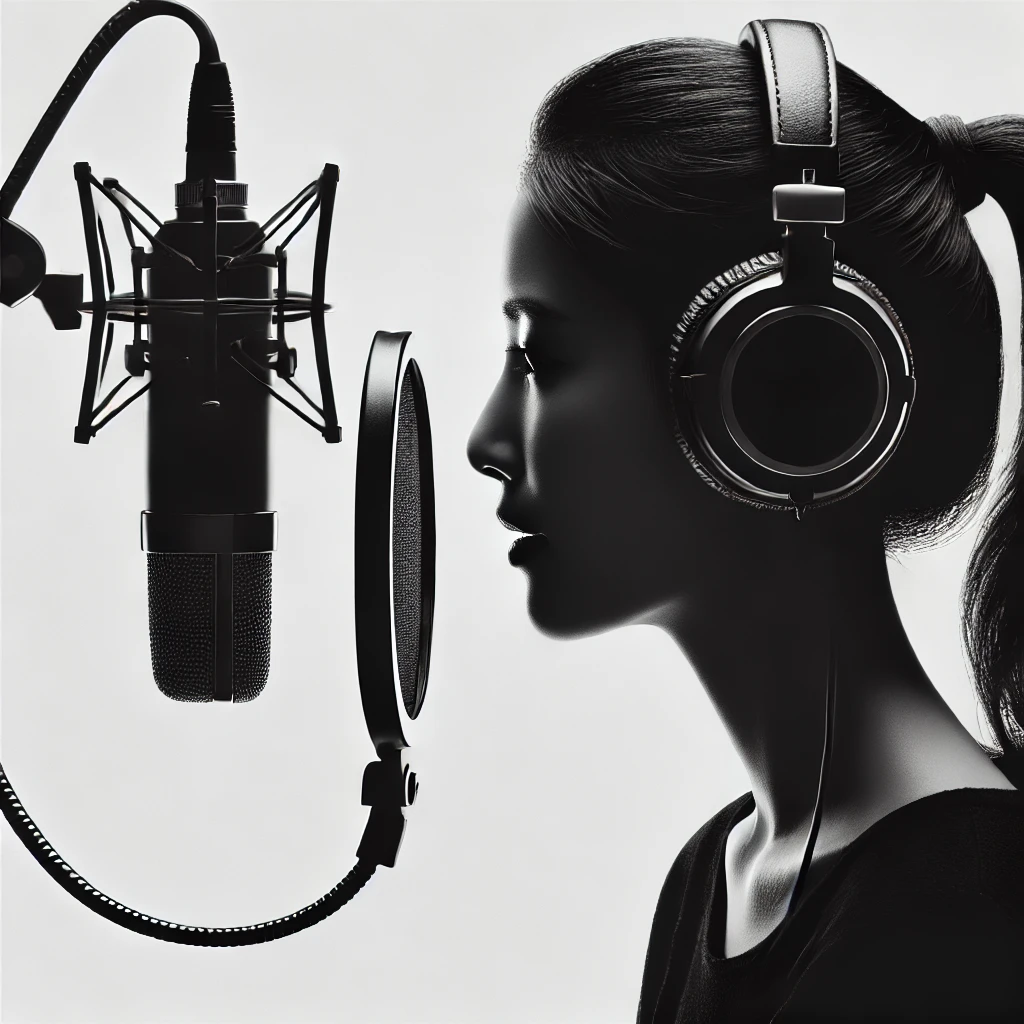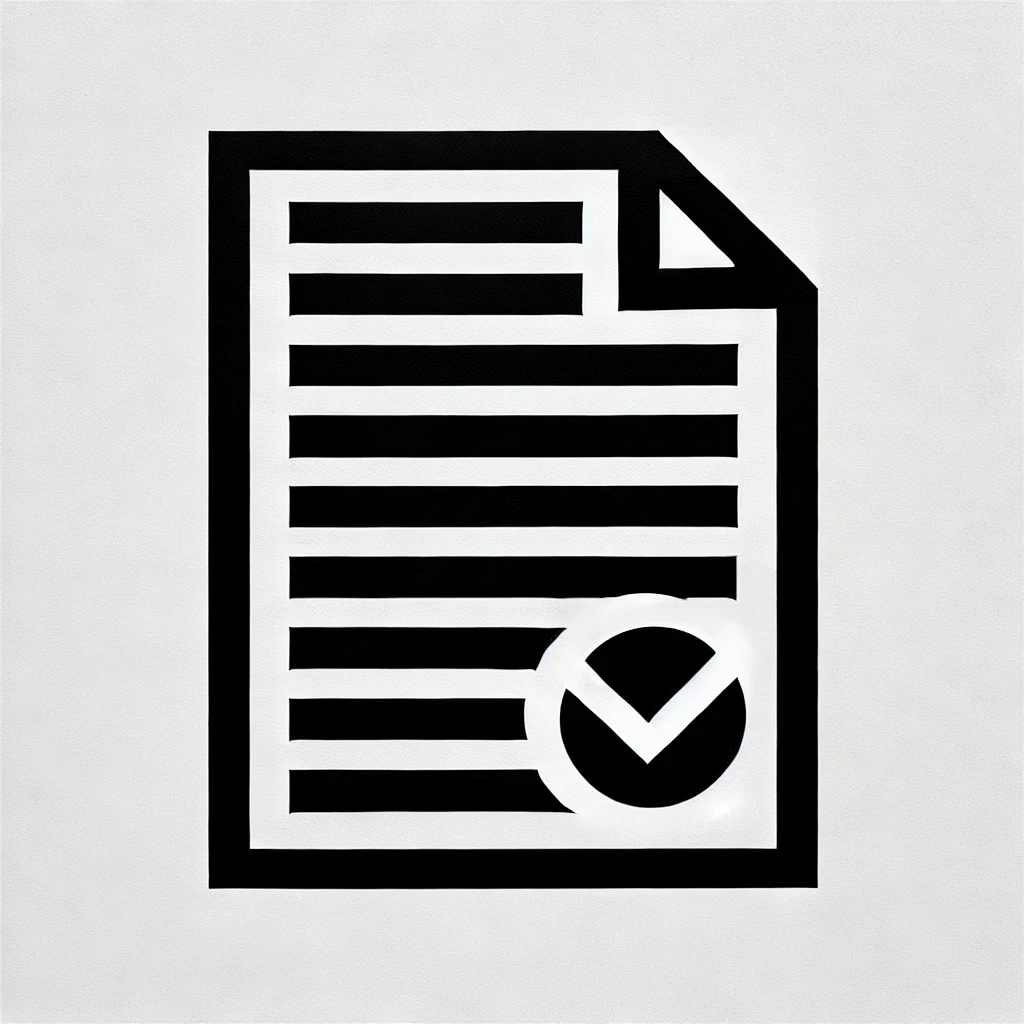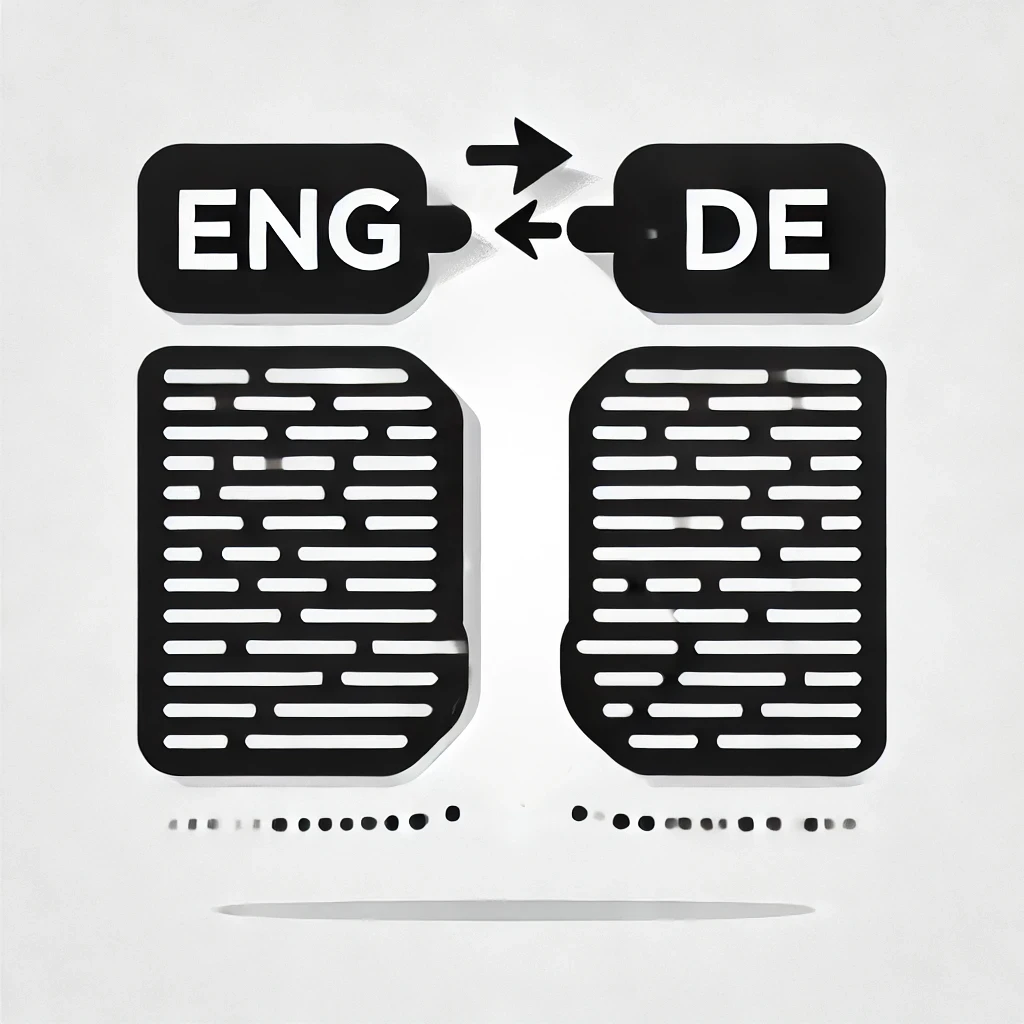


Step 1: Material analysis
We review and analyze your original source data to determine the requirements for the translator or voice actors and outline the necessary steps for a seamless production. Key aspects we assess in detail include formatting, subject matter, and budget requirements.

Step 2: The right format
Proper formatting is crucial for the success of a dubbing project. Many scripts arrive as simple Word tables filled with line breaks or plain text in a single line, which can cause inefficiencies. For professional production, Excel tables are essential. They offer various functionalities that streamline the workflow for everyone involved and ensure compatibility with specialized dubbing software such as Nuendo. These tables are always structured in the same way, with particular emphasis on timecodes. Timecodes allow quick access to the corresponding sections in the video or original audio track, helping to resolve inconsistencies efficiently. Another key advantage is the filtering function. This feature allows home studio voice actors to filter their lines by role, making the recording process faster and more efficient. Other essential elements include character names, original text, translations, and (if necessary) voice instructions. In short, the correct format is indispensable - and we are happy to take care of it for you.

Step 3: Finding the right translator
Once we have ensured the correct formatting, selecting the right translator is crucial. Not everyone proficient in English is the right fit for your project. We carefully assess the content: Who is the target audience? Are there specific requirements from your side? Does the project require technical expertise to ensure an accurate translation? Does it involve a niche topic such as a particular sport? Or does the script use colloquial language? Poor translations in such cases can be particularly embarrassing. Cultural adaptations are also important - idioms and metaphors cannot always be translated literally. Localization is key, regardless of the content. We find the right translator for your project.

Step 4: Translation
Once we have structured the script and found the right translator, it's time to optimise the translation process. To speed up the workflow, the translator will initially create a rough draft using AI. This draft is then meticulously reviewed for accuracy in terms of slang, metaphors, technical terminology, and if wanted child-friendly language. All translation errors are corrected, and if necessary, voice directions are added. The final step is editing and shortening. In German dubbing, text usually must be reduced by 10 to 20% due to sentence structure and word length. The best approach is to match the syllable count of the translation to the original. Otherwise, voice actors may struggle with timing, requiring post-production adjustments that could affect the natural flow. Once this process is complete, the dubbing script is finalized, and recording can begin.